Creative Organizing, Political Education and Abolition in Chicago…
In Chicago, in this historical moment, groups of people are relying on creative organizing to envision and struggle for a radically transformed world where policing and the violence it produces are abolished. This fight is inherently connected to a vision of a world where housing is affordable, quality education is accessible, and health care is available to all. The organizers, activists, artists, and community members engaged in the daily struggle for a more just world under a #BlackLivesMatter umbrella in Chicago keenly understand that poetry, visual art, and other modes of creative expression are important in, as Angela Davis has written, “provoking new understandings of persisting social problems.” Together, we’ve been actively experimenting with different ways to lay out the core issues related to criminalization and social transformation.
A key aspect of organizing is storytelling and here in Chicago, some of us have been relying on multiple methods to tell stories about the police. Over the past few weeks, members of a group that I am part of called “We Charge Genocide” (WCG) has narrated a story about how policing dominates the city budget to the exclusion of social goods. 39% of Chicago’s operating budget is devoted to the police. We want every person in Chicago to know this fact. As such, we’ve been engaged in a kind of guerilla political education project that relies on social media, dramatizations, train takeovers and traditional organizing methods.
When Mayor Rahm Emanuel announced a series of community budget townhalls, members of WCG got to work by creating a set of memes that would encourage our supporters and other Chicagoans to attend these meetings.
We also encouraged people to let the Mayor know that they were unhappy with the priorities expressed in the budget by circulating memes on social media.
On September 22, members and supporters of WCG (including a few middle school students from Village Leadership Academy) planned an action outside City Hall to coincide with the Mayor’s unveiling of his 2016 budget proposal. WCG members and allies held a banner that visualized how our money has been spent in Chicago–the biggest portion by far going to CPD.
We passed out flyers that shed light on how the mayor is spending our money.
Below is the text from the flyer that was distributed:
“Last year, the City of Chicago spent $1.6 billion on the Chicago Police Department. That means that $4 million of Chicago taxpayer’s money goes to the police EVERY SINGLE DAY. That’s more than the City spends on:
– 5 months of Mental Health Services ($9,586,096 per year)
– 1 year of Substance Abuse Treatment ($3,491,976 per year)
– 4 years of Violence Prevention programs ($1,138,101 per year)Today, Mayor Rahm Emanuel is announcing his plans for the 2016 Budget, which includes an increase of $20 million to put 300 MORE cops on the streets.
But we know that the police do not mean safety for many in Chicago. The CPD has a demonstrated pattern of racist enforcement & violent aggression towards communities of color and operates with impunity. More money for CPD means less money for the things we really need to have safety in our communities.
A budget that invested in REAL COMMUNITY SAFETY would look different.”
It’s been said that effective organizers don’t have good answers rather they know how to ask good questions. Given the fact that Chicago spends $4 million a day on police, we asked passersby how THEY would spend that money to create a safe city. Unsurprisingly, people had many ideas of how to spend the funds.
People were also filmed giving their answers.
Later, their responses were edited into a short video by VLA Academy students and circulated online to continue raising public awareness.
On the evening of the Chicago Police Department (CPD) budget hearing in City Council, members of WCG organized a train takeover to make sure that Chicagoans knew that the cops were asking for $1.6 billion this year. WCG organizer Katya Mazon explained the purpose of the train takeover and overall campaign: “We were trying to raise awareness about the city budget and what it looks like. We talk about systems, we talk about power – and money holds a lot of power. The way that money is being distributed is giving a lot of power to the police and not enough to the community.”
On October 6, WCG members shared spoken word and recited chants (CPD = MOMONEY MOPROBLEMS).
WCG members discussed the content of the police budget in a short teach-in.
Organizers directly engaged EL riders.
Commuters were asked to offer their ideas for how they would use $4 million a day to make their communities safe.
When the train takeover ended, some of the organizers reflected on what happened. WCG member Sophia Consonants posted on Facebook:
“People who talked to us moved. Like, you could actually watch people start to think — wait, that much money? damn. what WOULD I spend this money on? Oh wait, maybe other things than cops..maybe that dream of mine could grow in some slightly more fertilized soil. You know? Some people didn’t want to take pictures- but they said — start a music school, a daycare center….”
Katya Mazon, quoted earlier, also posted her thoughts on Facebook:
“Talking to people about what they would do with the 4 million dollars spent on police per day was so insightful. Answers varied from more mental health clinics to a child who said they’d like two doggies. Often when I talk about abolition folks ask me what we would do about *insert violent activity*. However, today a man who said he’d want more police, eventually said that more jobs would help a lot of the people he sees stealing in his neighborhood. The police don’t make communities safe. The police don’t restore harm. The police don’t help solve problems at their root. We need to realize that in a world where we would spend 4 million dollars a day on the resources that actually help sustain and keep communities safe, things would look very different.”
The bulk of the Mayor’s proposed budget will eventually be passed by our rubber-stamp City Council. Some may wonder then if WCG’s ongoing budget campaign has failed. The answer is a resounding no. One of our goals has been to better educate ourselves and our fellow Chicagoans about how much money we are devoting to police. We’ve been doing this. More people know how much we spend on CPD today than did two months ago. Another goal is to engage the public in discussion about what real community safety looks like for them. This is a long-term ongoing conversation that we hope will lead more people to question the excessive spending on police. Some of the public and elites have finally begun to question the expense of mass incarceration (financial and human). We are organizing to bring about a similar reckoning around policing. It’s a reckoning that we hope will lead to defunding the police. To keep connected to the campaign, visit our website and pay attention to the Community Safety Looks Like Tumblr.
As I’ve been reading articles reporting on this #BlackLivesMatter moment, I’ve grown increasingly bored. Almost always, these are stories written by people observing from afar. The articles are usually polemics or ‘analysis’ pieces that rely almost entirely on secondary media sources. There are also many People magazine type profiles focused on a few hyper-visible people. Rarely do I read anything by current local organizers. I understand why this is. Who has the time to write about their work in the midst of doing that work? It’s difficult to muster energy. I can attest to that. It’s also hard to have enough distance to reflect on what’s happening in real time. In addition, many of the organizers I know actively avoid the media. They believe that organizers should work backstage. If they do appear in the media, they mostly talk about the collective rather than themselves. This doesn’t particularly interest the mainstream press which is focused on individual personalities and controversy. The result is that most of the people narrating the current moment aren’t actually involved in any of the organizing taking place. As such, they are blind to the vast majority of what’s actually happening town by town, city by city, state by state. They don’t have the perspective of sitting in the endless planning meetings or of seeing the daily actions. They are removed and so they rely even more on the accounts that they glean through traditional and social media. Those accounts are heavily mediated and incomplete. This post I’ve written is my small way to perhaps encourage other organizers to share more about their current work; no matter how messy and unfinished it is. Don’t worry about the critics. Incorporate what’s useful into your ongoing organizing and discard the rest.
The organizing currently taking place under the decentralized umbrella of #BlackLivesMatter is both internal and external. What I mean is that as people are coordinating actions with an eye towards building more power, those who are doing the organizing are also building relationships and community among themselves. It’s impossible to predict what both of these things will eventually yield. Neither those on the outside or those inside can know for sure. For now, we in Chicago, veteran and newly radicalized organizers are learning how to fight together. We are in the midst of developing our strategic vision and perhaps setting some collective demands. It’s a process to be sure and the timeline extends into the future. I do think that we, in Chicago, have a lot to teach the country about how to win some significant victories. After all, we are the city that just this year successfully organized to pass the first ever reparations legislation for police torture survivors. We are a city re-envisioning justice and collective liberation in real time.
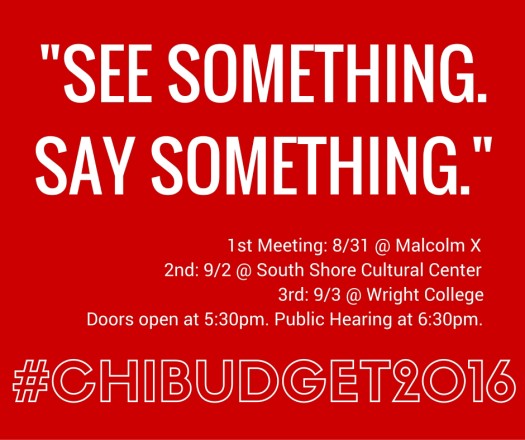
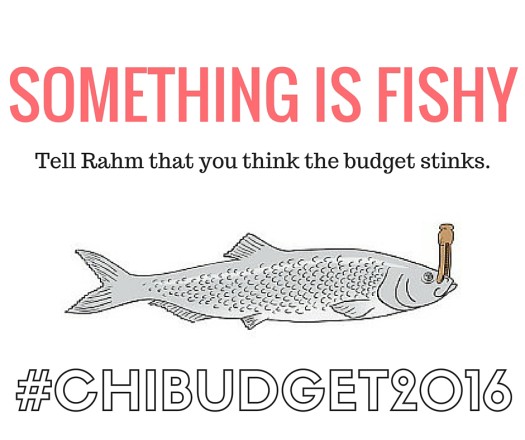
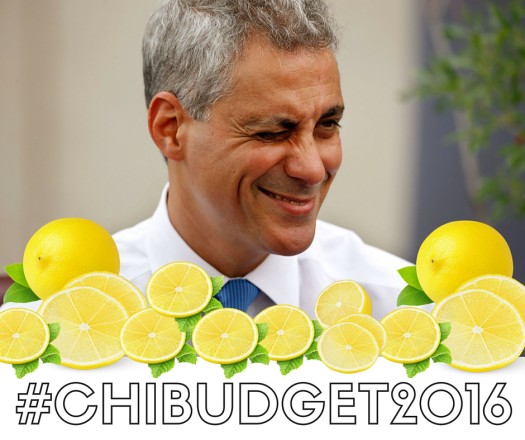
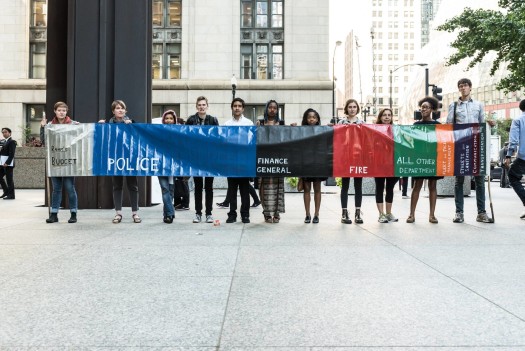

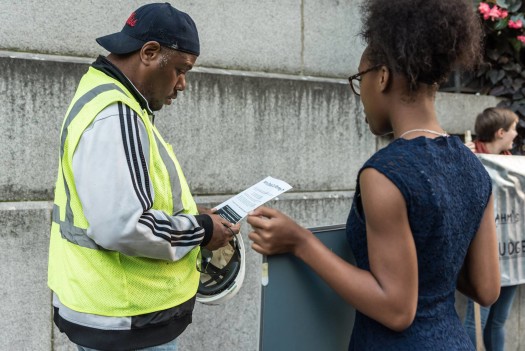

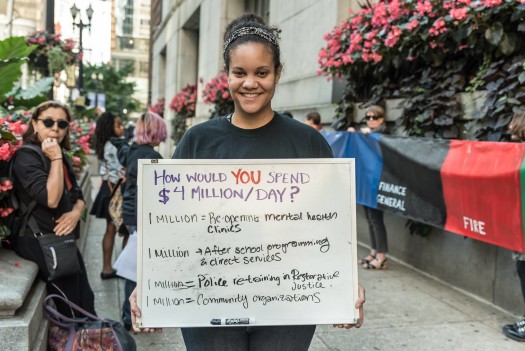
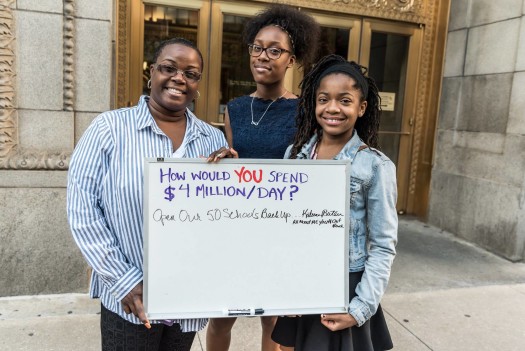
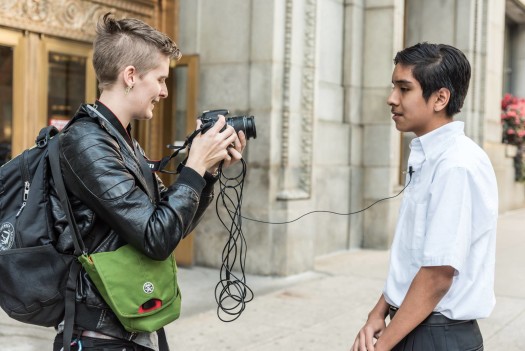
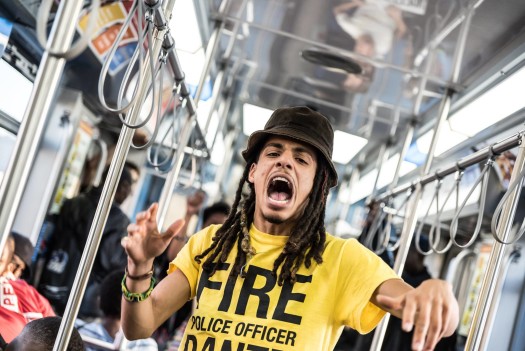
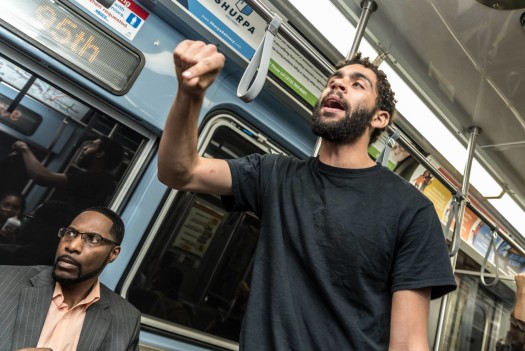
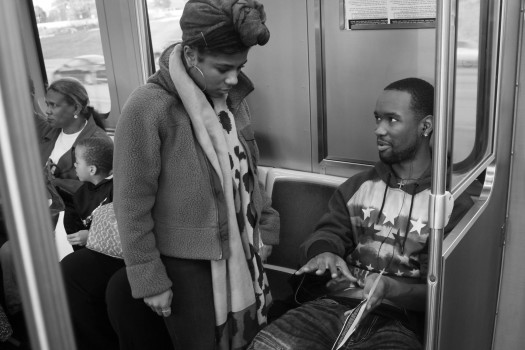
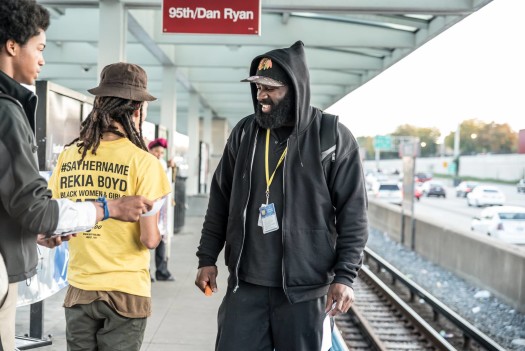
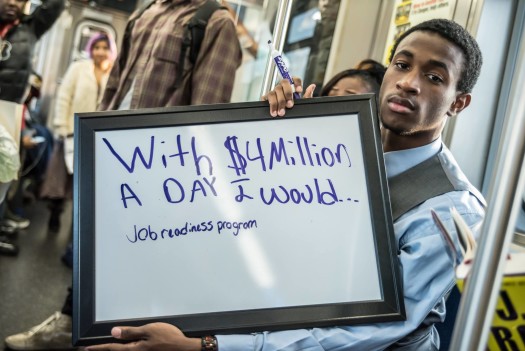
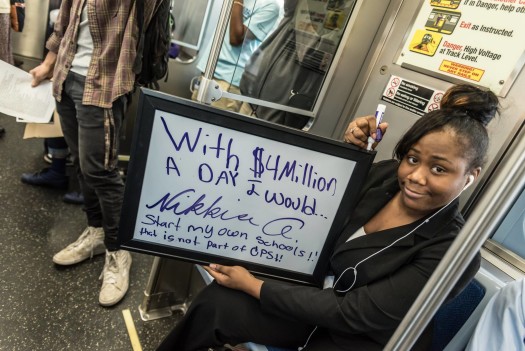
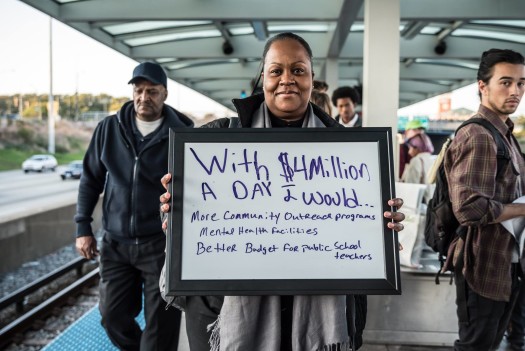
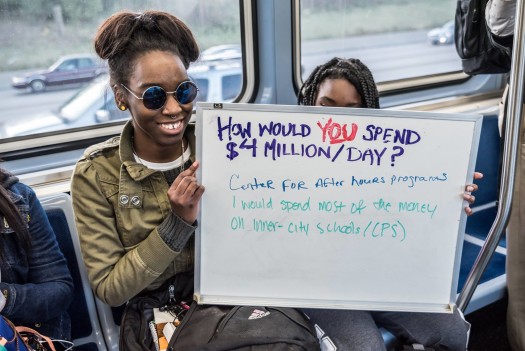
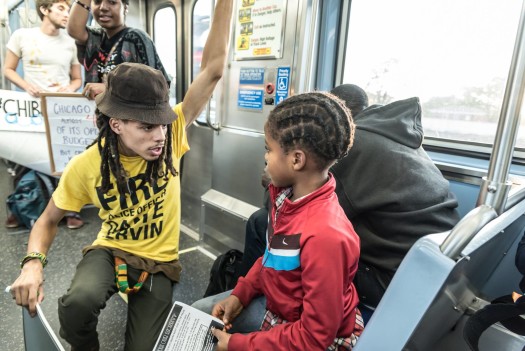

By Malcolm, October 29, 2015 @ 2:15 pm
Thank you! please share more, this was really great to read 🙂 black love, Malcolm